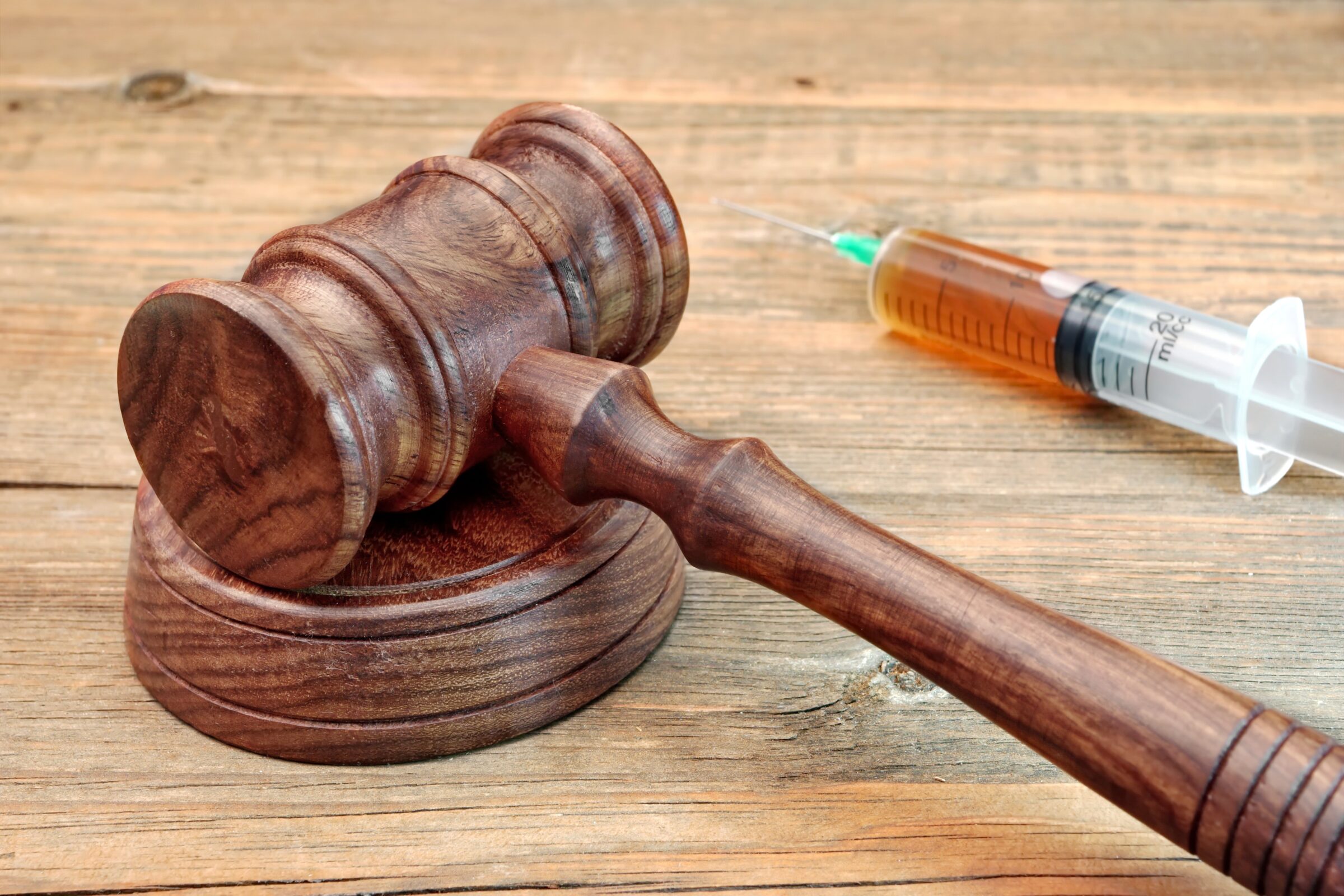


CDC Undercounts Suicides by Not Including Assisted Deaths
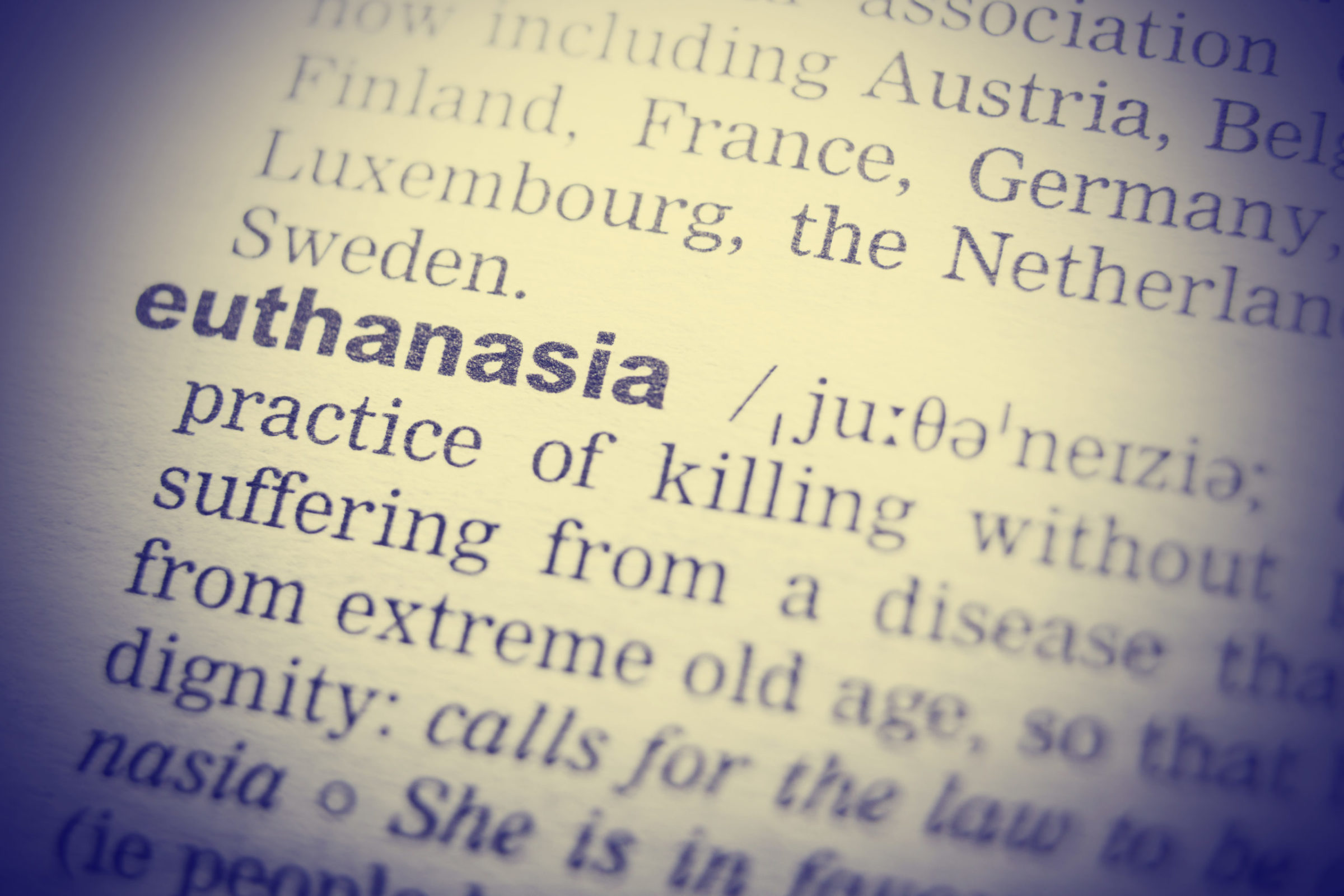
The Whispers of Strangers

U.K. Medical Society Goes ‘Neutral’ on Euthanasia as Quebec Expands Eligibility

Bioethicists: Euthanasia Okay for ‘Unjust Social Conditions’
Once killing the sufferer becomes a societally acceptable means for ending suffering, there becomes no end to the “suffering” that justifies human termination. We can see this phenomenon most vividly in Canada, because it is happening there more quickly than in most cultures. For example, a recent poll found that 27 percent of Canadians polled strongly or moderately agree that euthanasia is acceptable for suffering caused by “poverty” and 28 percent strongly or moderately agree that killing by doctors is acceptable for suffering caused by homelessness. Euthanasia mutates a society’s soul. I can’t imagine that being true ten years ago before euthanasia became legal. This kind of abandoned thinking finds enthusiastic, albeit not unanimous, expression among secular bioethicists. In fact, two Canadian bioethicists just published a paper in the Journal of Medical Ethics — a prestigious British Medical Journal publication — arguing that “unjust social conditions” justify lethal jabs (euphemistically called MAiD, for “medical assistance in dying”). The argument claims that killing is a form of “harm reduction.” The authors even admit such cases have already occurred legally in Canada. From “Choosing Death in Unjust Conditions: Hope, Autonomy, and Harm Reduction” (my emphasis): In 2022, an individual in Canada, who had been diagnosed with multiple chemical sensitivities (MCS), received MAiD. However, by their own description, their decision to choose MAiD was driven primarily by the fact that they were unable to access affordable housing compatible with MCS. While it was true that they suffered from an illness, disease or disability that caused ‘enduring physical or psychological suffering that is intolerable to them and cannot be relieved under conditions that they consider acceptable’ as specified under the eligibility criteria of Bill C-14 [that recently expanded eligibility beyond death being “reasonably foreseeable], the primary source of their suffering was an inability to find appropriate housing, not the condition itself. Another person, also with MCS, writes: ‘I’ve applied for MAiD essentially because of abject poverty’. Good grief. The patient in question is dead — not because of their medical but housing conditions. And doctors used the physical issues as pretext for justifying the killing as within the law! The authors approve of allowing euthanasia for reasons of social injustice as a means of “harm reduction.” And in the context of medical issues, the authors claim that this includes killing patients who would not want to die if they could access proper treatment: In the case of the availability of MAiD in Canada to people who not only might but have explicitly said they would choose differently if they had access to the options they preferred, we argue that the least harmful way forward is to allow MAiD to be available. This, even though Canada’s socialized health-care system is in crisis: Access to healthcare across nearly all dimensions continues to deteriorate in the wake of the pandemic even outside of long-term and palliative care, from basic care, to surgical backlogs, to a general consensus that the system is in a state of collapse. In this context, refusing options to people who autonomously pursue MAiD amounts to perpetuating their suffering, hoping that this will ultimately lead to a better, more ‘just’ world. This is a world that currently does not exist and is unlikely to emerge in the near future. Even if it did, it is unfortunately even more unlikely that the people whose current suffering has led them to request MAiD will realise its benefits. So, socialized medicine fails, and a splendid answer to the problem for patients in need is euthanasia. Do you see now why I call euthanasia/assisted suicide “abandonment?” The authors conclude: We disagree with any claim that the unjust lack of choices available to people is alone sufficient to undermine their autonomy. Those who launch legal proceedings or request and receive MAiD are unlikely examples of people whose reduced opportunities have led them to lose all hope and motivation for pursuing personally meaningful courses of action. Moreover, neither a reduction of opportunities in itself, nor the existence of oppressive ableist norms, is sufficient to directly undermine autonomy…Restricting an autonomous choice to pursue MAiD due to the injustice of current non-ideal circumstances causes more harm than allowing the choice to pursue MAiD, even though that choice is deeply tragic. Bioethics is growing increasingly monstrous. And that matters because these are the so-called “experts” who exert tremendous influence on our laws and regulations, in court rulings, over the attitudes of journalists, among the purveyors of popular culture, and, ultimately, upon public attitudes. Moreover, Canada is our closest cultural cousin. If such a crass death-embracing attitude developed there so quickly with the legalization of euthanasia, it will happen here too — and, indeed, almost all state laws allowing doctor-prescribed death already expanded their guidelines. Which is why, if we want to follow the truly compassionate course, it is a matter of great urgency that we reject all further legalization of assisted suicide in the United States.
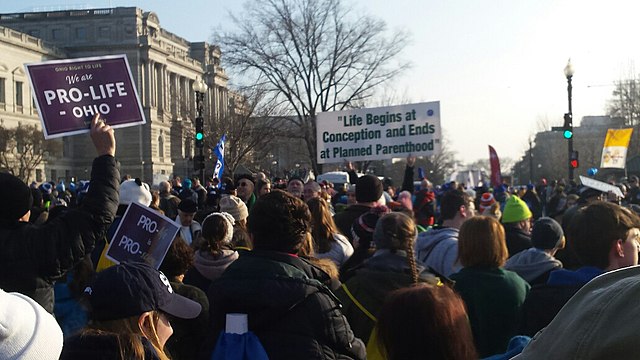
How Assisted Suicide Advocacy Overturned Roe v. Wade
Back in the 1990s, noting the success of abortion rights advocacy in the federal courts, the assisted-suicide movement moved to circumvent the democratic process by convincing the United States Supreme Court to impose an assisted suicide Roe v. Wade: a decision that would establish doctor-prescribed or administered death as a national constitutional right. The assisted suicide advocates succeeded in obtaining two Supreme Court hearings. However, in a delicious irony, not only did their cases fail abysmally, but the precedent the Supreme Court established in one of the cases would years later become the hammer that shattered the constitutional right to abortion. The Attempt to Declare Washington’s Law Banning Assisted Suicide Unconstitutional In 1994, the assisted suicide advocacy group Compassion in Dying (now merged with the Hemlock Society to become Compassion and Choices) joined with three dying patients and five physicians to challenge Washington’s then-existing law that criminalized assisted suicide. The record prior to reaching the high court was mixed: The plaintiffs had won in the trial court, then lost in the U.S. Court of Appeals for the Ninth Circuit, where a threejudge panel ruled that Washington’s law was constitutional. Then, the notoriously liberal Ninth Circuit granted an en banc hearing by 11 judges, which (in an eight-to-three decision) found that Washington’s law against assisted suicide was indeed unconstitutional. Although it never became law, the decision of the en banc court, written by Chief Judge Stephen Reinhardt, is worth pondering because it illustrates the true pro-euthanasia mindset and broad agenda of the euthanasia movement. First, the majority quickly and hubristically dismissed the court’s obligation to apply the law as written and to depend on previous rulings: “We must strive to resist the natural judicial impulse to limit our vision to that which can plainly be observed on the face of the document before us, or even that which we have previously had the wisdom to recognize.” Thus freeing themselves of the usual constraints that serve to limit the scope of judicial rulings, Reinhardt and seven of his colleagues in effect licensed themselves to create new constitutional rights out of whole cloth: The wording of the United States Constitution, the binding nature of judicial precedent, and even the vote of the people of Washington only five years earlier rejecting legalization of assisted suicide carried no weight. (By 2008, voters had changed their minds about the issue and legalized assisted suicide for the terminally ill in Initiative 1000.) The Compassion in Dying ruling relied on opinion polls for justification; it blurred sensitive and vital distinctions and was rife with factual error. For example, the eleven-judge panel found: “Unlike the depressed twenty-oneyear-old, the romantically devastated twenty-eight-year-old, the alcoholic forty-year-old . . . who may be inclined to commit suicide, a terminally ill, competent adult cannot be cured.” Yet, there are many cases of people diagnosed as near death who live for many years. Judge Reinhardt also wrote: “While some people who contemplate suicide can be restored to a state of physical and mental well-being, terminally ill adults who wish to die can only be maintained in a debilitated and deteriorating state, unable to enjoy the presence of family or friends.” But that is both alarmist and a false paradigm. Medical science has tremendous abilities to palliate the symptoms associated with the end of life. I witnessed such beneficence with my own parents, who both died naturally under the compassionate care of hospice professionals. But factual inaccuracies were a minor problem compared to the rest of Judge Reinhardt’s decision. Officially, the case stood for the (now defunct) proposition that there is a fundamental liberty interest in the United States Constitution in allowing citizens a “right to die.” Unlike other constitutional rights, however, this “liberty interest” would not have been available to all people. Rather, deciding who did or did not possess it would have involved a sliding scale—with some lives deserving of greater protection by the state than others. According to Reinhardt, the state had the highest interest in protecting the lives of the “young and healthy” from suicide, but not much interest in protecting those “who are diagnosed as terminally ill” from suicide. So long as the dying were not coerced into choosing death and were mentally competent (both extremely questionable propositions), Reinhardt and his seven majority-opinion colleagues would have granted them an almost absolute right to choose to be assisted in their suicide by a doctor. Judge Reinhardt’s decision would also have opened the door to hastening the deaths of people with disabilities: There are . . . subtle concerns . . . advanced by some representatives of the physically impaired, including the fear that certain physical disabilities will erroneously be deemed to make life “valueless.” While we recognize the legitimacy of these concerns, however, we also recognize that seriously impaired individuals will, along with nonimpaired individuals, be the beneficiaries of the liberty interest asserted here—and that if they are not afforded the option to control their own fate, they like many others will be compelled against their will to endure protracted suffering. Judge Reinhardt even legitimized money worries as a reason for seeking medicalized suicide: While state regulations can help ensure that patients do not make uninformed, or ill-considered decisions, we are reluctant to say that, in a society in which the costs of protracted health care can be so exorbitant, it is improper for competent, terminally ill adults to take the economic welfare of their families and loved ones into consideration. Not only that, but Judge Reinhardt’s decision would have allowed active euthanasia: We recognize that in some instances, the patient may be unable to self-administer the drugs and that administration by a physician, or a person acting under his direction or control, may be the only way the patient may receive them. He also endorsed nonvoluntary killings of the incompetent—which, by definition, includes children, who generally are not allowed to make their own healthcare decisions—by allowing surrogates to choose death for their wards: “We should make it clear that a decision [to end a patient’s life] of Read More ›
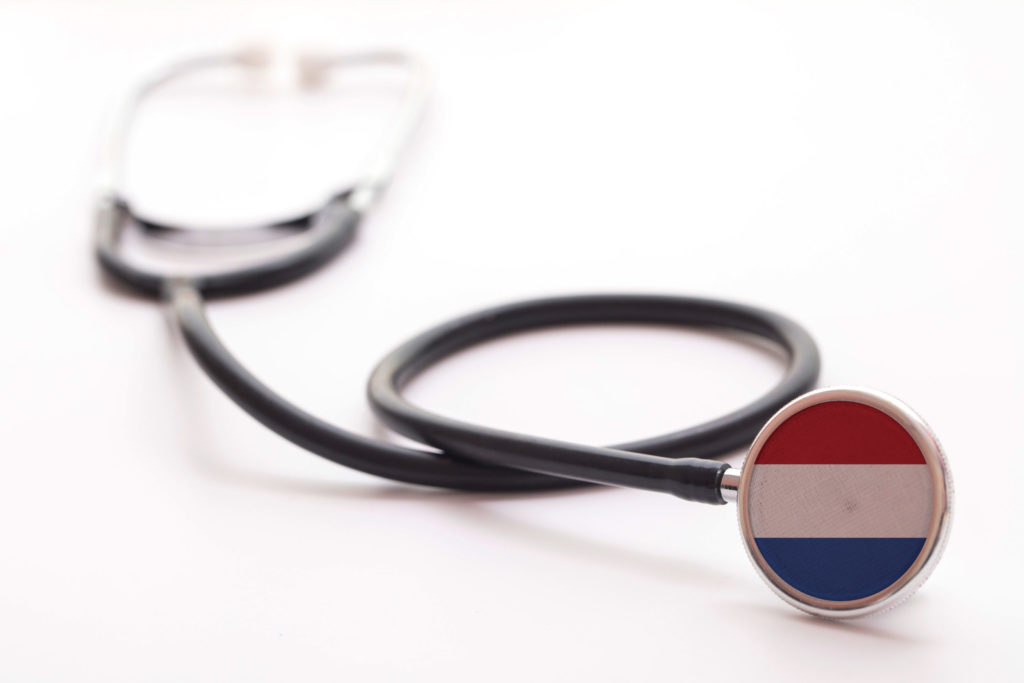
Dutch Expand Euthanasia to Children Ages One to Twelve
Because of course they do. Once euthanasia is accepted by a society, it is a one-way street, continually expanding the killable castes. The Dutch already allowed euthanasia for ages twelve and up. Now, it is down to age one. From the NTD News story: The Netherlands has said it will broaden its euthanasia regulations to allow doctors the ability to end the lives of terminally ill children between one and 12 years old. The rule change involves the government adjusting an existing protocol, and does not require parliamentary approval. The decision comes after years of requests from some Dutch doctors to lower the age limit of 12 for euthanasia, as well as debate within the cabinet. According to the Dutch government, “The end of life for this [age] group is the only reasonable alternative to the child’s unbearable and hopeless suffering.” That’s always the excuse. But Dutch MDs kill babies born with terminal or seriously disabling conditions already under the Groningen Protocol. Given that Dutch doctors euthanize many people — including elderly couples, young women with anorexia, the disabled, and people with mental illnesses — the notion that euthanasia will be “strictly” limited to children close to death whose suffering cannot otherwise be ameliorated is bitterly laughable on its face.
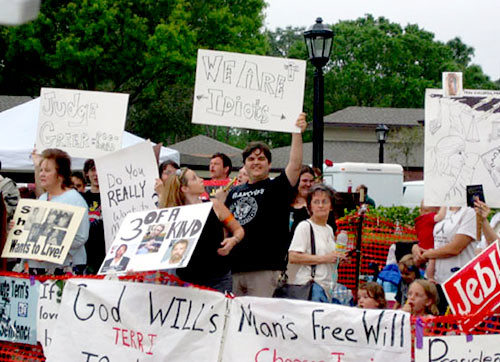
Terri Schiavo Case Was a Culture-of-Death Tipping Point

Death Activists Oppose Limits on Virtual Access to Assisted Suicide
